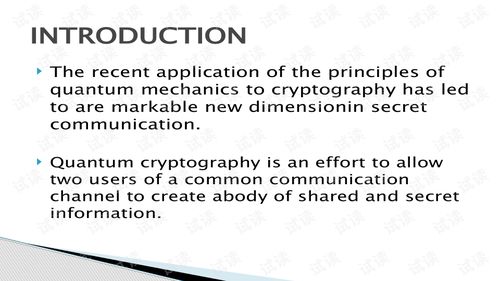Understanding the Alphabet Soup of Cryptocurrency: A Guide to Common Acronyms
Introduction to Cryptocurrency Acronyms

Cryptocurrency, a rapidly evolving field, is filled with a plethora of terms and acronyms that can be overwhelming for beginners. These acronyms are often used to simplify complex concepts and processes within the industry. In this article, we will decode some of the most common cryptocurrency acronyms to help you navigate the world of digital currencies more effectively.
ICO: Initial Coin Offering

ICO stands for Initial Coin Offering, which is a fundraising process where a cryptocurrency project sells its own digital tokens to investors in exchange for traditional currency or other cryptocurrencies like Ethereum (ETH). It's akin to an Initial Public Offering (IPO) in the traditional stock market but for blockchain projects.
Token

A token is a type of digital asset that represents a unit of value on a blockchain. Unlike coins, which are native to a specific blockchain, tokens can be created on various blockchains and are often used to represent ownership, access, or utility within a specific ecosystem. For example, Ethereum's native token is called Ether (ETH), but there are countless other tokens created on the Ethereum network.
DEX: Decentralized Exchange

DEX refers to a decentralized exchange, which is a platform for trading cryptocurrencies without the need for a centralized authority. Users can trade directly with each other, often using smart contracts to facilitate the transactions. This type of exchange is gaining popularity due to its decentralized nature, which can offer increased security and privacy.
CEX: Centralized Exchange

CEX stands for centralized exchange, which is a platform where users trade cryptocurrencies through a centralized authority. These exchanges are similar to traditional stock exchanges and are subject to regulatory oversight. They are often more user-friendly and have a wider range of trading pairs compared to DEXs.
ICO: Initial Coin Offering

As mentioned earlier, ICO is a fundraising method used by blockchain projects to raise capital. It involves the sale of tokens to investors, who can then use these tokens within the project's ecosystem or sell them on secondary markets.
Token

While ICOs are a way to raise funds, tokens themselves can serve various purposes. They can be used as a form of payment, a reward system, or a way to access certain features within a decentralized application (DApp). The utility of a token depends on the specific use case and the project behind it.
DEX: Decentralized Exchange

DEXs are gaining traction due to their decentralized nature, which can offer users more control over their assets and privacy. However, they may not have the same level of liquidity or user interface as CEXs, which can make trading more challenging for some users.
CEX: Centralized Exchange

CEXs are popular among users who prefer a more traditional trading experience with a user-friendly interface and a wide range of trading pairs. However, the centralized nature of these exchanges can raise concerns about security and privacy, as users are often required to trust the exchange with their private keys.
Breakdown of Other Common Cryptocurrency Acronyms

Here are some additional cryptocurrency acronyms that you might encounter:
GMT: Gemini Dollar

GMT is the ticker symbol for the Gemini Dollar, a stablecoin that is pegged to the US dollar. It is issued by the Gemini Trust Company, LLC and is designed to provide a stable value for users who want to transact in a cryptocurrency that is closely tied to the fiat currency.
ETH: Ethereum

ETH is the ticker symbol for Ethereum, a blockchain platform that enables the creation of decentralized applications and smart contracts. It is also the native cryptocurrency of the Ethereum network, used to pay for transaction fees and to participate in the network's governance.
BTC: Bitcoin

BTC is the ticker symbol for Bitcoin, the first and most well-known cryptocurrency. It is often referred to as
